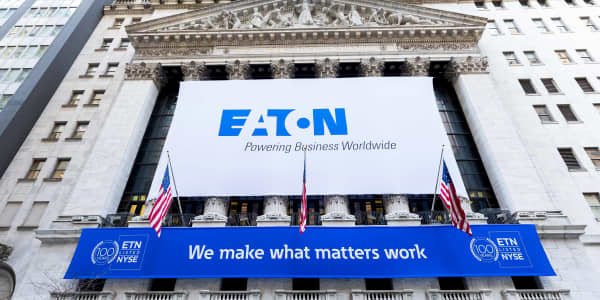Imagine a mall at holiday time where all the stores keep minimal inventory, not enough sales people and a punitive return policy.
Plenty of big financial market players feel like shoppers at such a mall right now. As year-end approaches, a hollowed-out Wall Street and its rule-straightened banks trying to close their books can't easily handle the frantic trade of investors reacting to a credit panic, coming Fed policy decision and quicksilver currency moves.
Even if it can't be quantified with satisfying precision, illiquid conditions born of risk-averse institutions shrinking their capital markets activities as the year wanes are playing a role in the recent weeks' jumpy price action.
Friday's panic attack in the high-yield debt market — in which the sector's key exchange-traded funds were swamped with record volumes and fell more than 2 percent in price — kicked up plenty of attention on a potential mismatch between expected trading liquidity and what the market can provide.
Those ETFs — SPDR Barclays High Yield (JNK) and iShares iBoxx High Yield Corporate Bond (HYG) — were pounded to levels well below their stated net asset values, suggesting that traders were stampeding out of them or shorting them at heavier rates than the harder-to-trade underlying bonds.
The main drivers of this action were the increasing financial pressure on energy-debt issuers as oil prices keep sliding and the sudden closure of Third Avenue Focused Credit, a distressed-asset fund that owned plenty of highly speculative junk bonds it could not sell to meet daily investor withdrawals.
But there have been strange vibrations in the capital markets for several weeks now.






